American Spring: Where Does Occupy Go from Here?

NEWS JUNKIE POST
Feb 27, 2012 at 8:40 am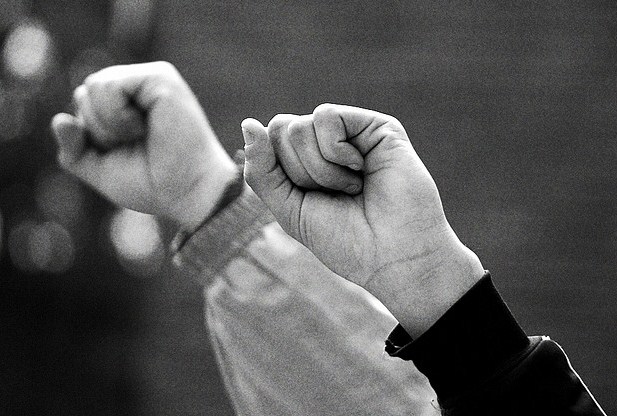 Direction is currently the most discussed topic among participants of the Occupy movement, particularly how mainstream reporting affects its course. Some feel that leading channels do not always provide an accurate report of events, and create a negative image of Occupy activists. The circumstances demonstrate that now, more than ever, the Occupy movement must present a concise message to become stronger and more compelling.
Direction is currently the most discussed topic among participants of the Occupy movement, particularly how mainstream reporting affects its course. Some feel that leading channels do not always provide an accurate report of events, and create a negative image of Occupy activists. The circumstances demonstrate that now, more than ever, the Occupy movement must present a concise message to become stronger and more compelling.
In the initial stages of Occupy Wall Street, protesters focused on the literal occupation of designated public spaces. This phase of the movement has progressed, and so now comes the opportunity to organize a more focused direction within the movement, one that will impact policy and engineer more just socioeconomic changes. Still, the occupation of public places remains a key element of Occupy; and it ought to continue within the structure of a clearly defined plan supported by frontline activity.
So far journalists have reported on the Occupied spaces destroyed by police, related violence, and protesters’ efforts to regroup, reoccupy and expand spaces. Some reporters have even pointed out that political efforts to stop protesters have often infused new energy in the movement and galvanized support for the cause. Yet, they seem to have marginalized the actual cause (the movement to uphold a system in which one percent of a nation’s population does not hold more than 50 percent of its wealth). For some reason, mainstream journalists have failed to use an impartial tone to explain the Occupy movement. This has caused many participants to feel deliberately sabotaged.
Occupy is now at a crossroads. To survive and flourish, it needs inner activism that is strong, focused, organized. Some have observed that in the aftermath of destruction, Occupy protesters wander and wonder what to do next. At such critical times, they are much more likely to be approached by different groups upholding their own agenda (which may or may not be in sync with the Occupy philosophy of economic justice). Therein lies the danger–that without direction some Occupy activists may inadvertently become entangled with groups that fuel the One Percent. This leads to bigger problems.
Such scattered sub-activism weakens the global perspective of the American Occupy movement. Involvement in local, state and regional issues may detract Occupy from its central goal of creating humane systems that redistribute educational, medical, labor and economic resources to people. We live in a globalized world, where problems in India or China have a profound impact on our way of life. Ethnic and cultural borders no longer stand as excuses to dehumanize or alienate people. We are one, an interconnected people, evolving in the same planet, fighting for the right to live, work and learn well. It is precisely for these reasons that a fragmented, regional Occupy movement cannot effectuate change in the long term. Thus, at this junction, it seems rather imperative that a solid, unified, global message rise within America’s Occupy movement. But to carry executive weight, activists need to substantiate this message with a long-term plan that restores economic and social justice. Herein lies the challenge: To craft a manifesto that is cohesive, structured, egalitarian and guides methodical action. This, I believe, will prevent Occupy from unraveling into branch chapters of bureaucratic institutions.
“Get the money out of politics!”
“The global population is not the chattel property of an elite few who hoard our wealth and resources and have purchased our political establishments in order to control and exploit us!”
“We are all equal shareholders on this planet. We are not the exploited tenants and servants of an elite minority simply because of the accident of our birth, or theirs!”
The Occupy Wall Street movement in New York, Washington D.C. and Oakland has declarations that outline the largely economic problems of the 99 Percent. The focal message of these documents is simple: End exploitation, promote economic justice. For frontline protesters, many of whom have lived in tents for nearly six months, the message is a motivational call to action.
We can see the value of a strong message, even if media outlets fail to report objectively, and politicians ignore the plight of the poor. Occupy grows, it grows in numbers and symbolism–in the hope it creates for people who had lost faith in the possibility of justice. Occupy is not a juvenile tantrum in the park, as some initially labeled the movement. It is a phenomenon of people standing against wrong and fighting for human rights. In essence, the Occupy movement is really about the fight for human rights. It’s about unity, solidarity, compassionate effort, responsibility and the courage to revise a flawed system to make the world a better place for everyone.
Occupy is now nearing the end of its Winter of Preparation. The period, during which thousands of people braved rain and freezing temperatures to sustain a cause, precedes American Spring. The latter, following the tradition of Tahrir Square, may come in full force and upstage elections. If indeed Occupy protesters organize to maintain power and unity, the movement could shift global attention to the struggle of the 99 Percent. The logic would continue to follow a simple formula: Focus on erecting structures to help the poor and prevent the middle classes from sinking further, and establish a fair tax system.
Interestingly, some have observed the incidence of leftist political groups trying to align interests with Occupy activists. This move, observers note, stems from the belief that Occupy supports the nice guys at Wall Street. I find the idea a fantasy, given that genuine altruism does not harmonize with Wall Street trading. Still, the Occupy terminology does incorporate math–quite possibly one of its most brilliant strategies to gain attention.
Many rights groups now integrate Occupy terms, most notably the 99 Percent, in their organizational lingo. It is a classic example of how language can unite people to stand for worthy causes; and in this case, the Occupy language has sparked significant action worldwide–action that could be the cornerstone of a new world order based on cooperation.
In the interim, police officers continue to follow orders to dismantle occupied spaces and displace peaceful protesters, often in the dark of night. Yet, somehow, this continuous destruction pales in the face of mass determination. It is becoming obvious that forceful authority cannot silence the collective will of thousands.
I predict that in the future we will see a growing number of Occupy general assemblies take place in various communities. Activists may hold them in schools, Universities and even work settings to reach as many people as possible. This strategic step is essential for the successful next phase of Occupy, which ties in with the ongoing reoccupation of foreclosed homes, for example. It is heartening to see the process; in recent months, families have increasingly reoccupied the homes they had lost to aggressive foreclosing. This activity continues to grow throughout the United States, and it is undoubtedly a core Occupy strategy.
Similarly, activists may target public service buildings sidelined by dwindling budgets and corruption. The fact of the matter is that American working and middle classes have paid taxes for time immemorial. It is difficult to find ethical logic in their growing deprivation, particularly as wealth continues to grow for an affluent minority.
Such conditions stand as the reason why so many people support the Occupy movement. It is a support motivated by empathy and moral obligation–not just carefree choice or desire to freeze in the park. Fundamentally, the Occupy movement seems to be a natural response to unjust circumstances created by corporate excess. Perhaps Occupy is nature’s way to put things right, to balance the books, if you will.
People have limits and can endure only so much poverty before falling ill or fighting hard. Occupy has galvanized the young and old to stand for economic justice–to remind the rich that humanity does not stop where wealth begins. Let us hope that peaceful, ethical and economically sound action continues to interest others to join the cause. Now more than ever, we await the ethical politician, the one whose concern for common welfare is greater than the next election or bigger oil barrel.
 The Occupy movement is not about permanently placing people in public spaces. This was a symbolic beginning to demonstrate commitment and begin dialogue. Occupy is about global emancipation and the effort to stop exploitation. Stay tuned for Phase II.
The Occupy movement is not about permanently placing people in public spaces. This was a symbolic beginning to demonstrate commitment and begin dialogue. Occupy is about global emancipation and the effort to stop exploitation. Stay tuned for Phase II.
Editor’s Note: All photographs by Libertinus.
Related Articles
- October 27, 2012 Tearing Down the Global Plantation
- March 9, 2012 An Open Letter to Non-Occupiers
- December 14, 2011 Occupy Movement: Phase Two
- December 17, 2011 Growing Pains: When Hate and Exclusion Occupy
- December 4, 2011 Occupy DC: Police Clear Camp Making Way for Van Jones
- December 3, 2011 Unions Back Keystone XL Pipeline Threatens Clash With Occupy Movement

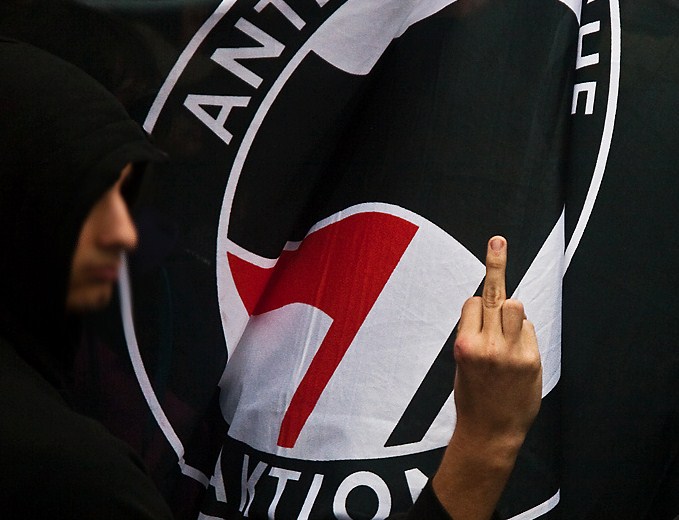

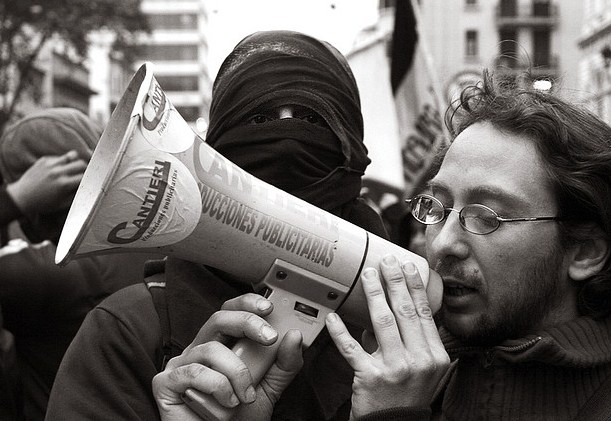
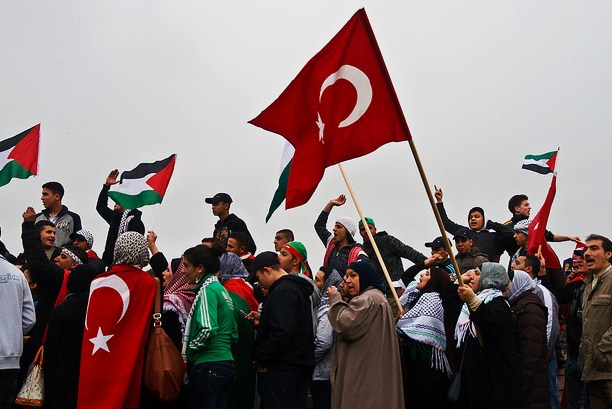
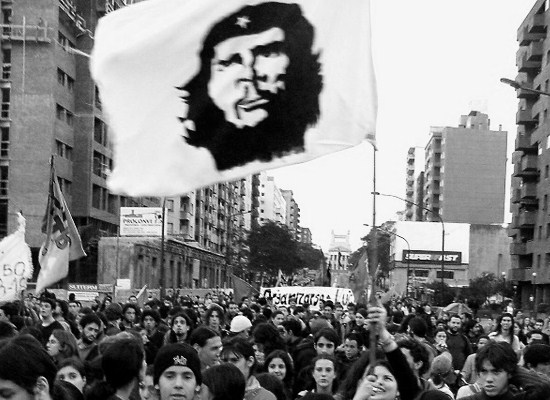











One Response to American Spring: Where Does Occupy Go from Here?
You must be logged in to post a comment Login